The sun’s gentle rays wake the young Prince Redgi on an auspicious morning, as his loyal retainer prepares him for the day ahead in fluting tones. Today, a new king of the rats is crowned. It’s a bright spot amidst the encroaching darkness, but surely, the rats thought, the impending threat is far enough away for everyone to enjoy one more day of peace.
They thought wrong.
So begins Tails of Iron, an animal odyssey from Odd Bug Studios, a tiger of a different stripe. It’s equal parts Redwall, Wind in the Willows, and Dark Souls, an unlikely combination that Odd Bug weaves together in such a way that seems entirely natural.
While there’s plenty of room for expansion and improvement in future Tails games, Tails of Iron is a bold and captivating fantasy with one of the most absorbing combat systems around.
Tails of Iron Review: The Rat King Cometh
Tails of Iron assaults the senses as soon as it begins, but you’ll likely notice one thing in particular before all others: the narrator. Doug Cockle, Geralt of Rivia’s voice in The Witcher games, helps Redgi’s tale unfold. Despite how recognizable his voice is for anyone familiar with The Witcher, this is more than just a nice fantasy cameo.
Cockle immediately sets a strong tone for Tails of Iron, imbuing it with warmth and even gentle humor at times that elevates it from being just another dark fantasy. Tails of Iron is that, and a surprisingly brutal one at times — frog lovers, beware — but it’s also a story with heart.
Even if another voice or only text told of Redgi’s journey, the world Odd Bug has created is a fascinating one on its own. Tails of Iron reveals itself not just through the main narrative but from the relationships between characters and kingdoms and even the world design. That’s in keeping with some of its inspirations, but Odd Bug surpasses its sources in many ways.
You don’t have to hunt for lore scraps to understand the rats’ kingdom, its opulence, or the hatred frogs bear for it. It’s in front of you, in the king’s grand audience chamber, the quiet and orderly servants cleaning the castle — then, later, in the dead rats hanging from the rafters and the ferocity of the frogs’ ransacking.
Tails of Iron’s visual storytelling is one of its strongest points. Odd Bug crammed so much detail in every environment, even the sewers, to say nothing of Tails of Iron’s character design. Every rat has a distinct personality without ever even speaking, and that’s intentional in more ways than one.
They’re based on the dev team’s pet rats, and instead of having characters speak, Odd Bug wanted to reduce potential accessibility issues and have them communicate through pictures. The fluting tones of Redgi’s retainer are literal, in this case.
Frogs have a tinge of goblin to them, and the less said about some of the enemies Redgi encounters later in his journey, the better. The design might be exquisite, but it doesn’t stop them from being nightmare fuel.
Even the travel screens tell a story, with Redgi’s mode of transportation and the environment changing depending on circumstances and where he is at the time.
Impressive as these travel screens are, it’s the destination that stands out the most. Odd Bug uses parallax features to extraordinary effect throughout Tails of Iron. Saying something feels lifelike or seemingly springs to life sounds like a cliché, but it’s the only way to describe Odd Bug’s creation.
Trees rustle in the foreground as enemies creep in the shadows before jumping you. Rain pours down around Redgi while villages burn in the background and invaders slay innocent civilians.
Hints of what used to be keep Tails of Iron from ever feeling too grim. Some areas are even cozy in their own way. When you’re resting in a delicately carved wooden chair in the village hall-meets-clocktower, it’s almost easy to forget there’s a war on — or it would be if you weren’t, ya’know, wearing the skull of your enemy.
Of course, taking his home back from the frog invasion is only part of Redgi’s adventure. The journey takes him across a vast world riddled with dangers and no shortage of wonders, but despite its size, Tails of Iron always feels manageable. It’s an epic for the busy RPG fan, with enough substance and hints of additional stories in the world to feel as grand as a game three times its length.
You can finish the main story in 12 hours or so, though exploring every area and taking on side quests naturally lengthens that time a bit. It’s often worth doing as well.
Redgi has an impressive array of tricks up his sleeve, including multiple weapons, special recipes, and more, and finding that extra item or bit of gear makes a significant difference at times. The quest rewards are standard fare, but any excuse to see more of Redgi’s world and its bizarre, loveable, and lethal inhabitants is fine with me.
Speaking of weapons, Tails of Iron has one of the most unique combat systems I’ve encountered all year that offers so much with so little. Redgi has four basic moves — dodge, attack, block, and parry — and Odd Bug managed to build the entire game around just those four moves.
Enemies have basic attacks and telegraph special ones, so you know how to respond. Yellow squigglies above their heads mean it’s time to parry, for example, and then lunge in for attacks once they’re vulnerable. Redgi’s combat style varies depending on your preferences.
You can opt for a balanced approach with one-handed weapons and a strong shield or sacrifice speed two-handed weapons for added damage. Equipment weight affects how fast Redgi can move, which is more important than you might think in certain boss fights.
It all sounds basic, but Tails of Iron regularly introduces additional challenges, such as new enemies and bosses with unpredictable attacks or areas of effect. Particularly when two or more enemies engage at once, there’s a sense of choreography to the combat that adds an extra layer of refinement.
It’s also really challenging. Redgi might be a walking arsenal, but he’s also just a small, squishy rat. One hit from a massive frog (or worse) or a few pokes with a spear are all it takes to send him back to the nearest resting point (Save often. Your sanity will thank you).
Granted, repetition sometimes sets in between new challenges. The nature of enemy attacks means you can never mindlessly slash your way to victory, but the variety does dip from time to time. There’s much room for expansion in future games, but Tails of Iron is a substantial and well-considered package for a first installment in a new venture.
Tails of Iron Review — The Bottom Line
Pros
- Captivating fantasy narrative
- Smart storytelling
- Simple, but gripping combat
- Splendid character and world design
Cons
- Combat gets a little stale at times
- Some side content (cooking, questing) feels a bit too basic
Tails of Iron is proof innovation can, and should, come in numerous forms. On paper, it does little new. It’s an action-RPG with fairly standard side quests and what should be a simple combat system. In practice, it’s an enchanting world with a surprisingly dark and gripping story that turns that simplicity into its biggest advantage.
Odd Bug teased it has more in store for Redgi’s world, and I can’t wait to see what comes next.
[Note: Odd Bug provided the copy of Tails of Iron used for this review.]

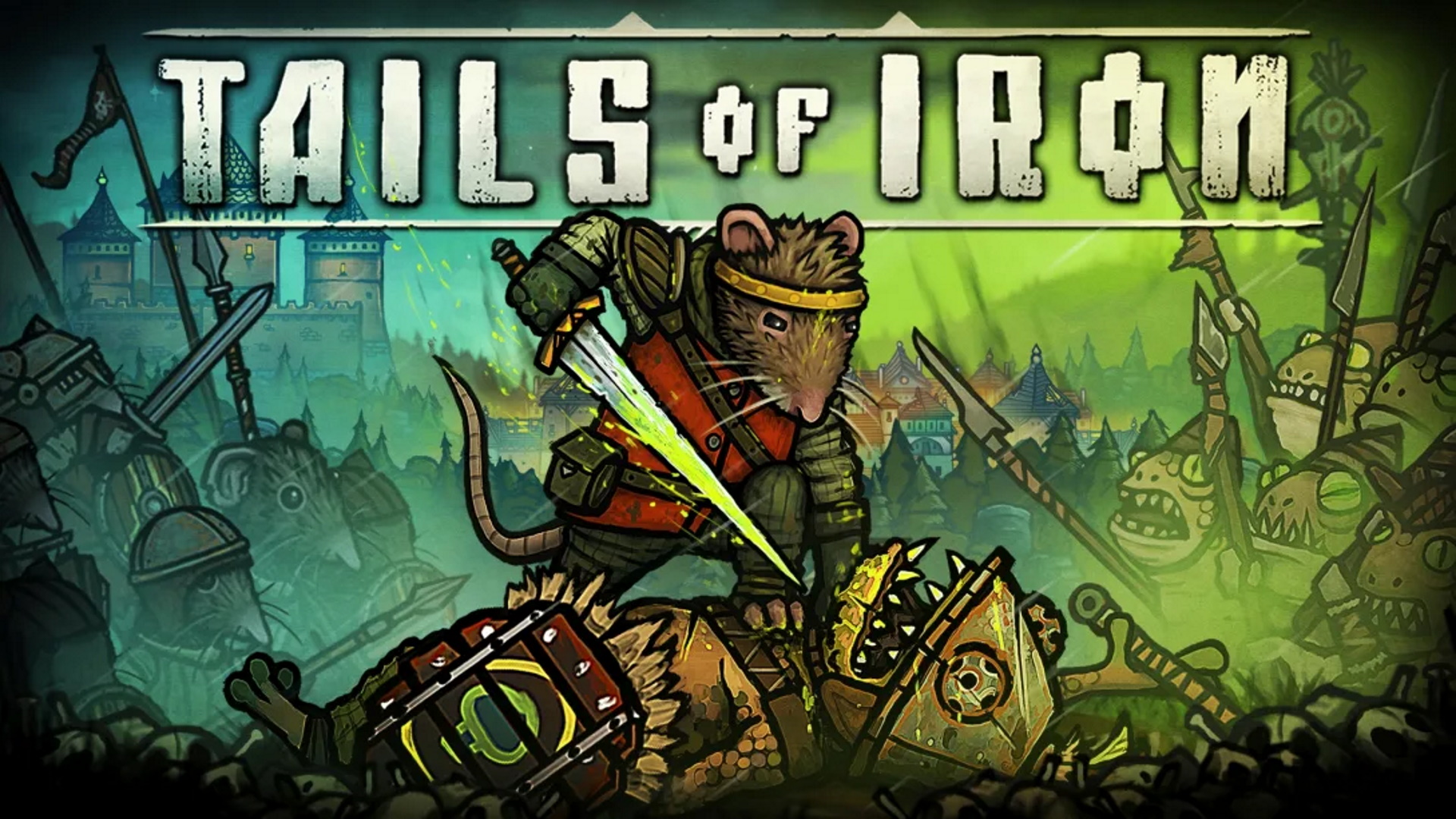
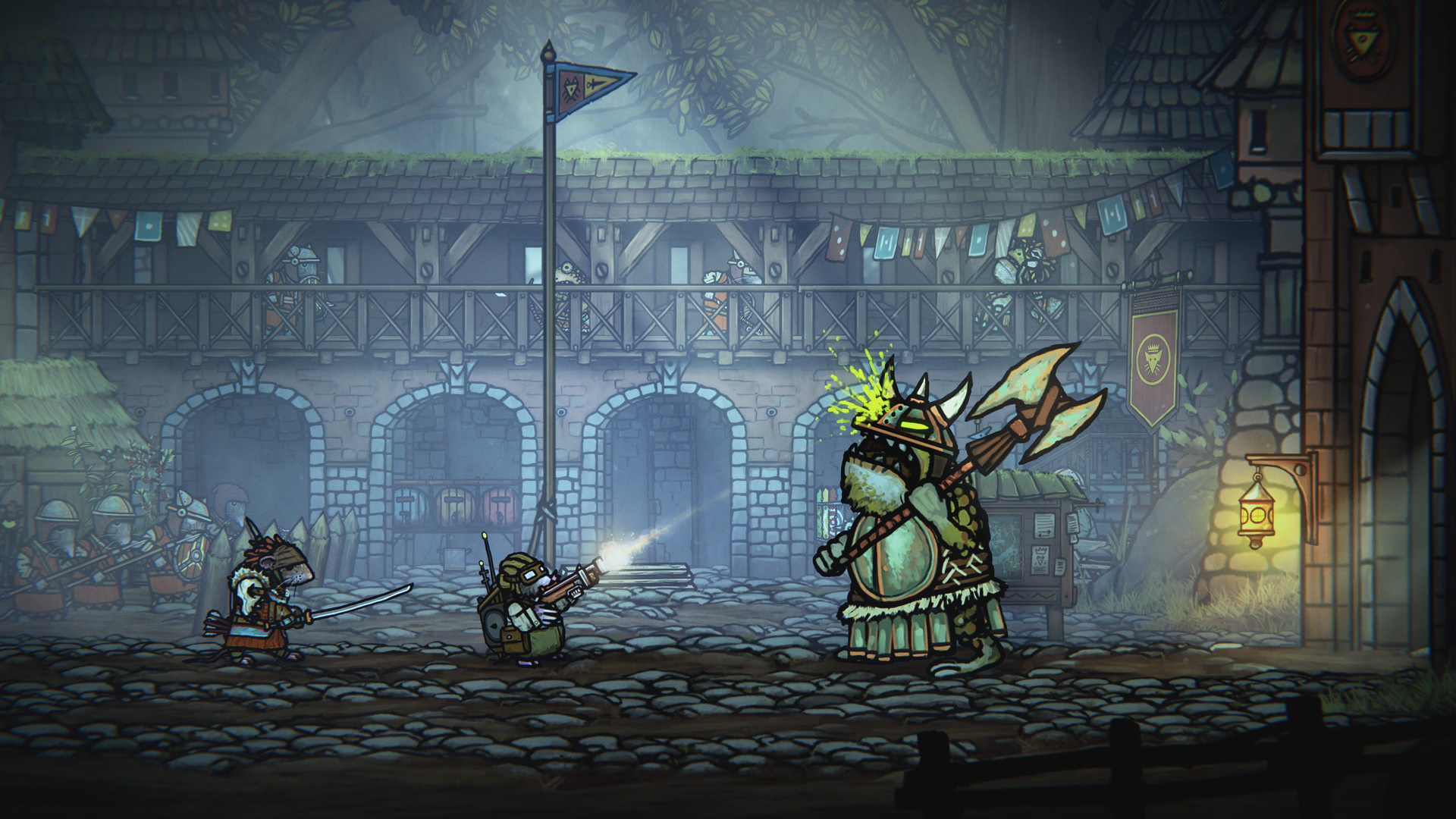
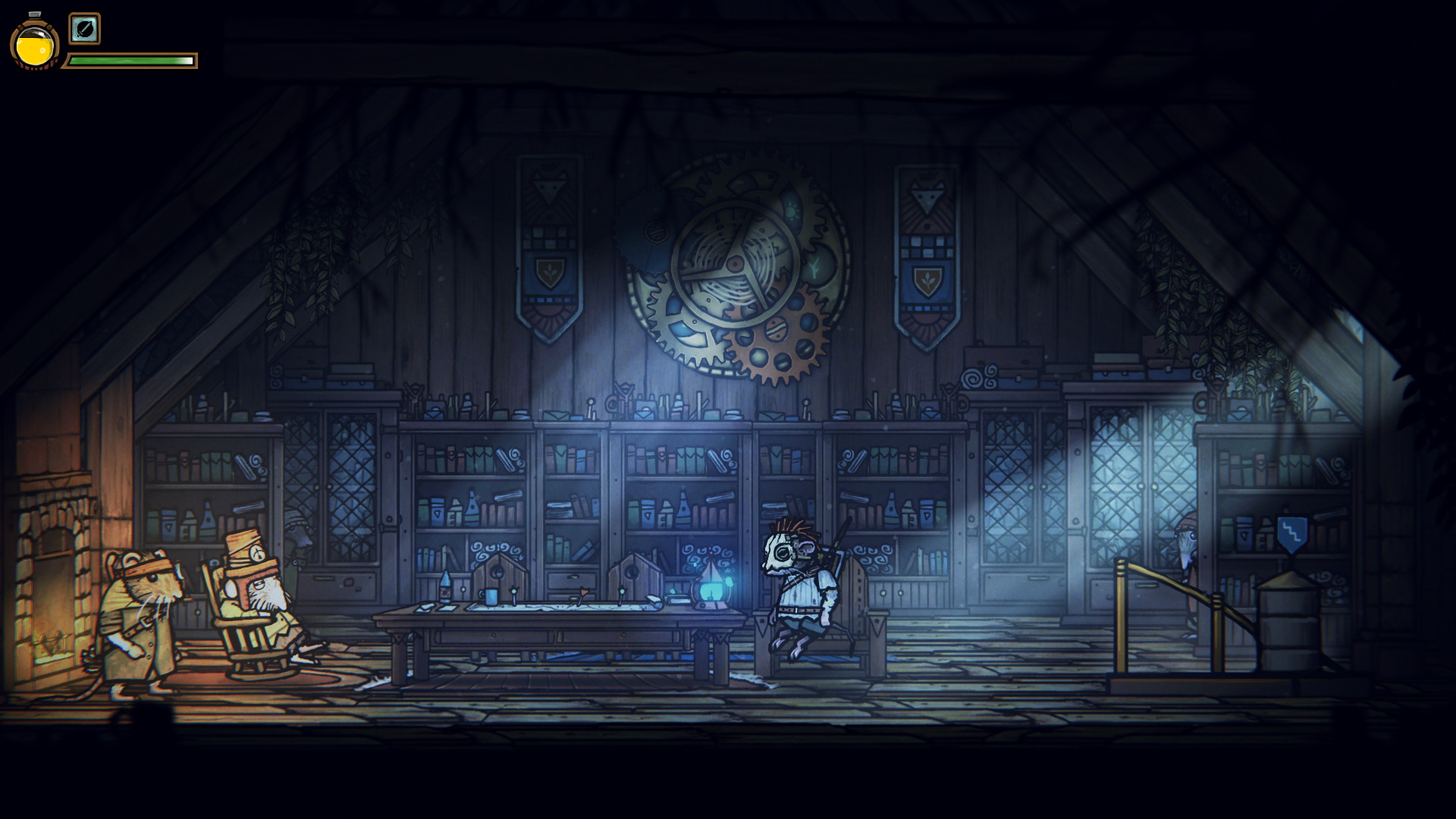
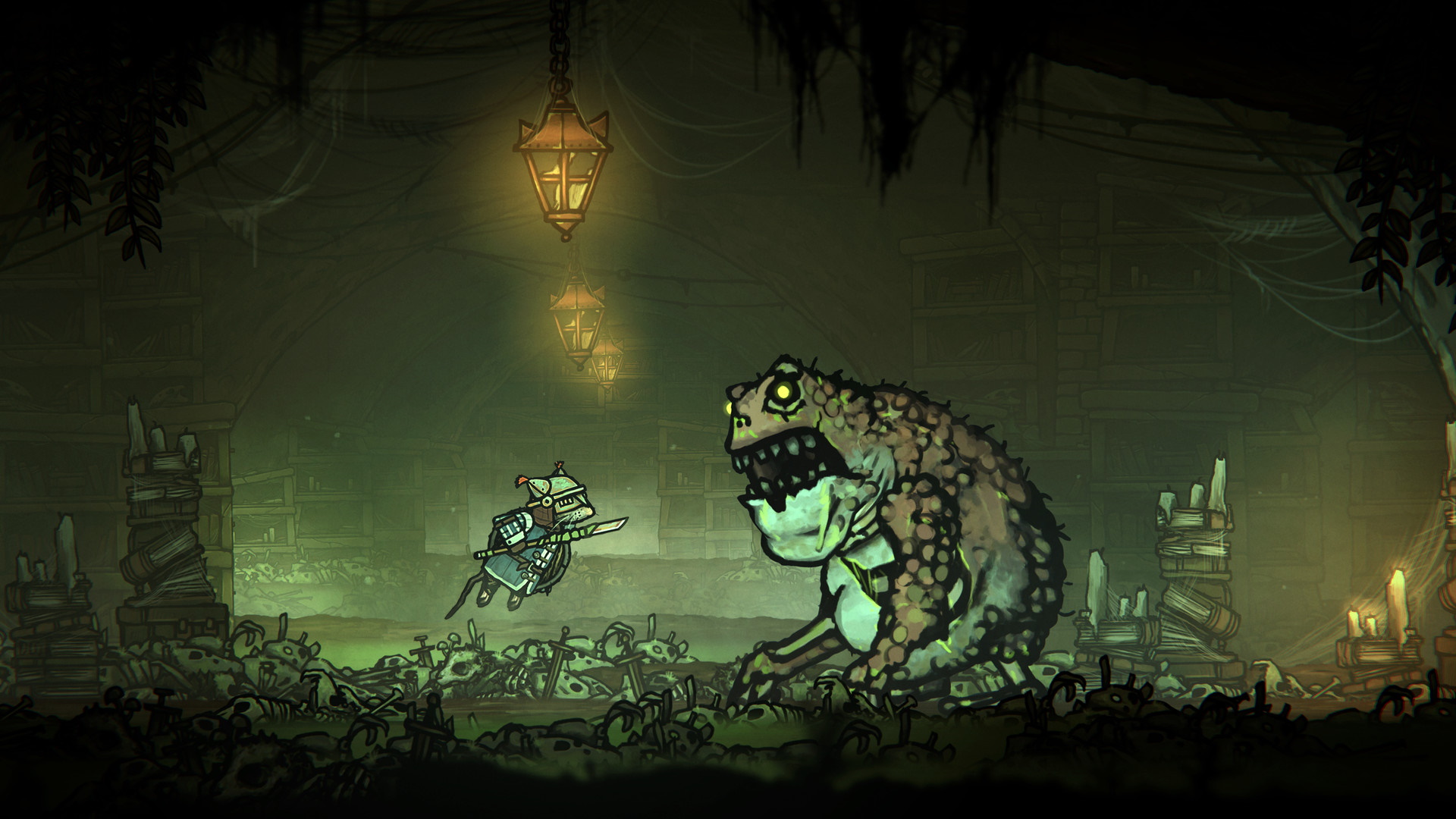
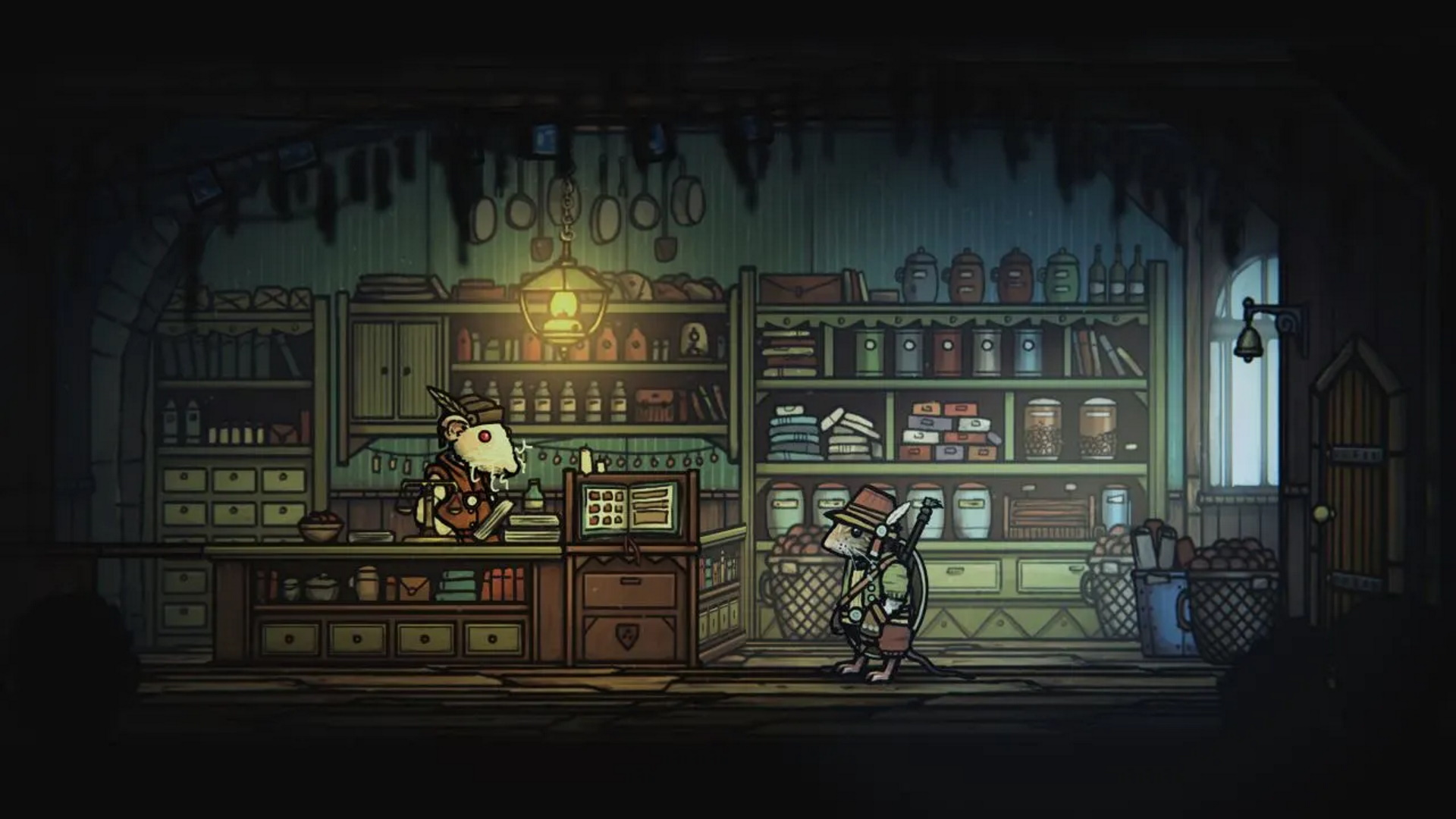





Published: Sep 16, 2021 9:51 PM UTC